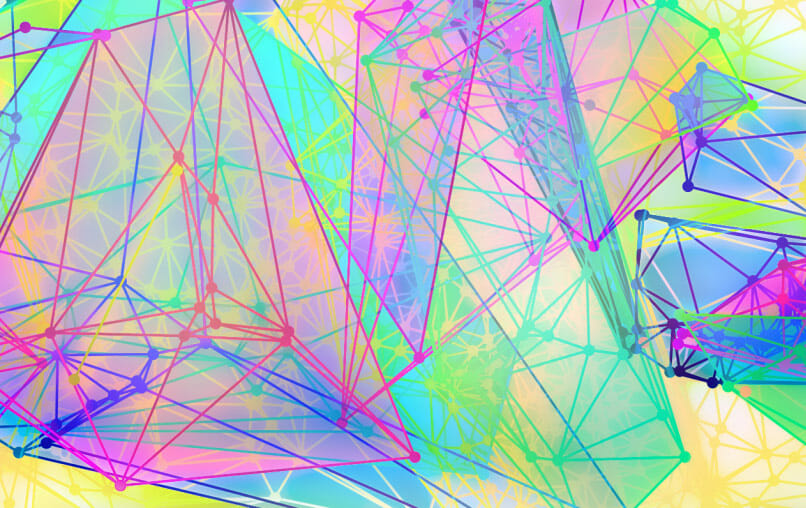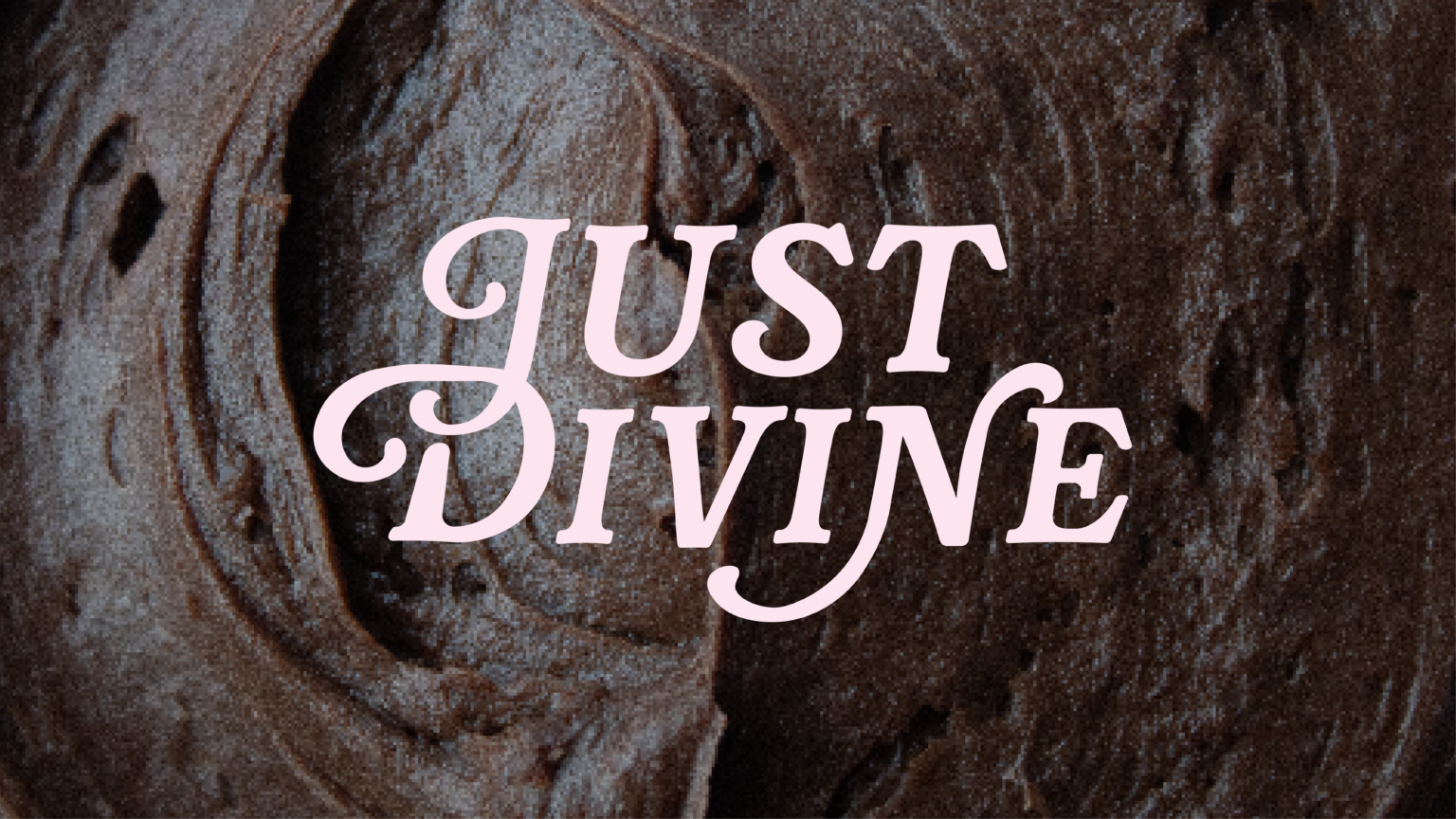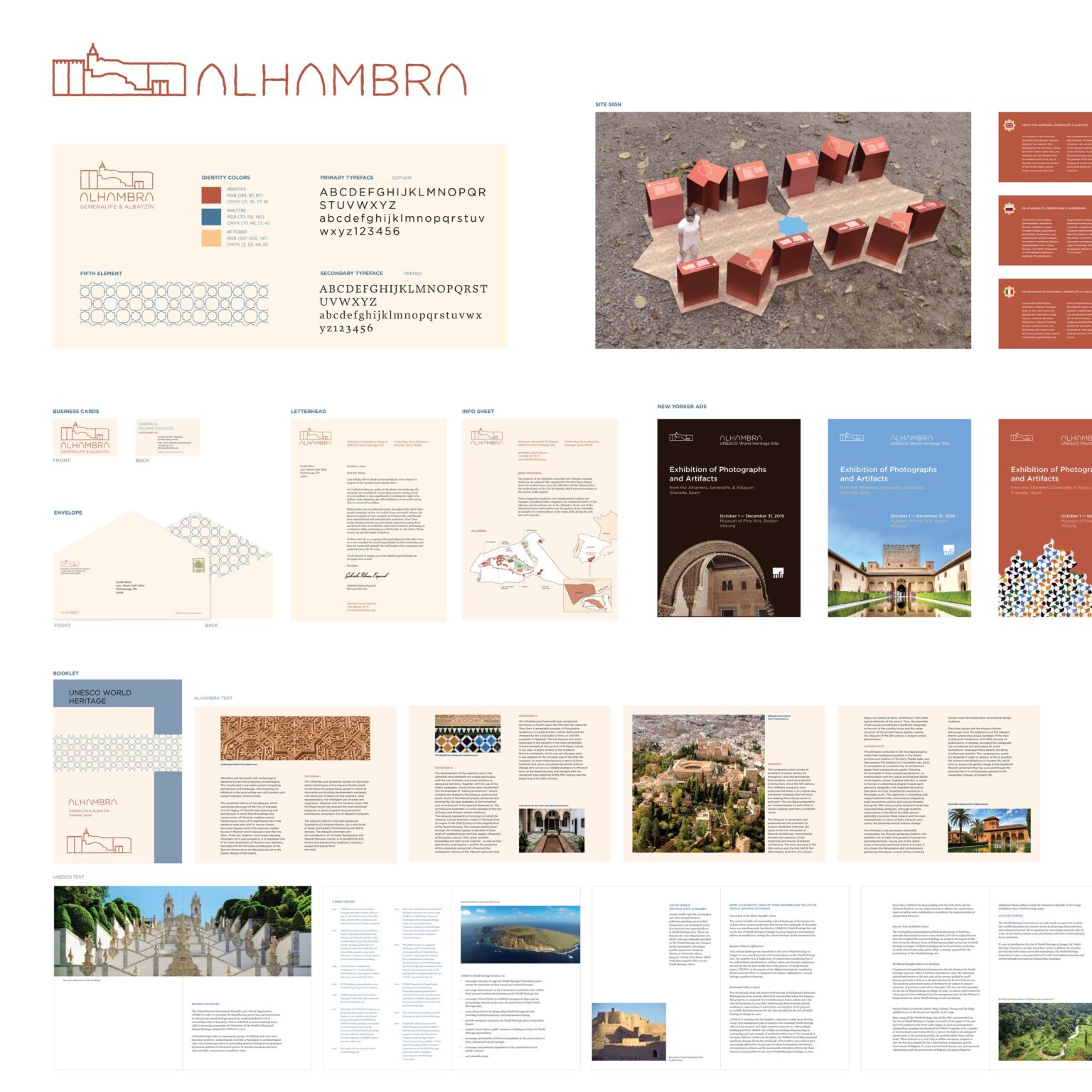Career Opportunities
- Design researcher
- Data Visualization Expert
- Information Designer
- Interaction Designer
- User Experience Designer
- Visual Communication Expert
- Visualization Researcher
- Visual Strategist
Multidisciplinary Skills
- Data analysis
- Human factors
- Design critique
- Design process
- Data physicalization
- Programming
- User-scenario mapping and observation
- User testing
Share
The College of Arts, Media and Design offers three Information Design and Data Visualization graduate degree options to meet the unique goals and aspirations of individual learners: a Master of Fine Arts (MFA), a Master of Science (MS), and a Graduate Certificate. Students in the Information Design and Data Visualization program gain an understanding of translating data and information into visual languages and learn to integrate theoretical, visual, and technical aspects of visualizations that engage a broad range of audiences. Our students have the unique advantage of studying at a major research university known for interdisciplinary collaboration located in Boston, a global center for technology, science, and education and a hotspot for information design and data visualization. We seek applicants from diverse backgrounds who are interested in exploring data, visual and auditory design, perception and creative inquiry. Practicing professionals and recent undergraduates in a variety of fields (architecture, graphic design, journalism, communications, business, the humanities, and sciences) who desire a fluency in information design should apply.
Learn more about our projects, students and faculty at northeastern.edu/visualization.
The Graduate Certificate in Information Design and Visualization is intended for practitioners and students from related fields – media, design, communications, data science, and more – who would like to acquire competencies in information design and data visualization to complement their skills and address their professional needs. Embedded in the course offering of the Master of Fine Arts and the Master of Science in Information Design and Data Visualization program, students in the certificate program will have the opportunity to join other graduate students for guest lectures and workshops. Throughout the course of the certificate, students learn how to think visually, while also learning how to produce effective, meaningful visual information from various sources of data. Graduates are professionals who are prepared to tackle new information communication challenges and communicate and collaborate with researchers in a variety of fields, as well as stakeholders and the public.
The graduate certificate consists of 16 credit hours. Students take two core courses and two electives.
Learning Outcomes
Students will gain an understanding of the principles of translating data and information to accessible visual languages that support specific communication and analysis tasks. They will gain the relevant skills needed to assume professional leadership roles in an expanding interdisciplinary field.
The courses of the certificate are designed to help students to:
- Create effective visualizations using suitable programming languages, tools, and platforms.
- Critically assess the choice of visualization methods appropriate for a specific task and data source.
- Demonstrate facility with different data formats, including quantitative, qualitative, textual, relational, hierarchical, or spatial data sources.
- Demonstrate facility with visual languages to create pictorial, diagrammatic, temporal, spatial, and interactive representations of information.








